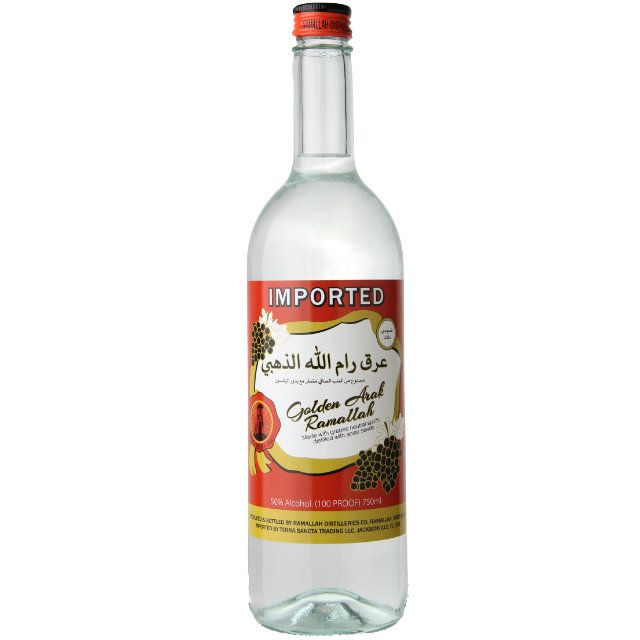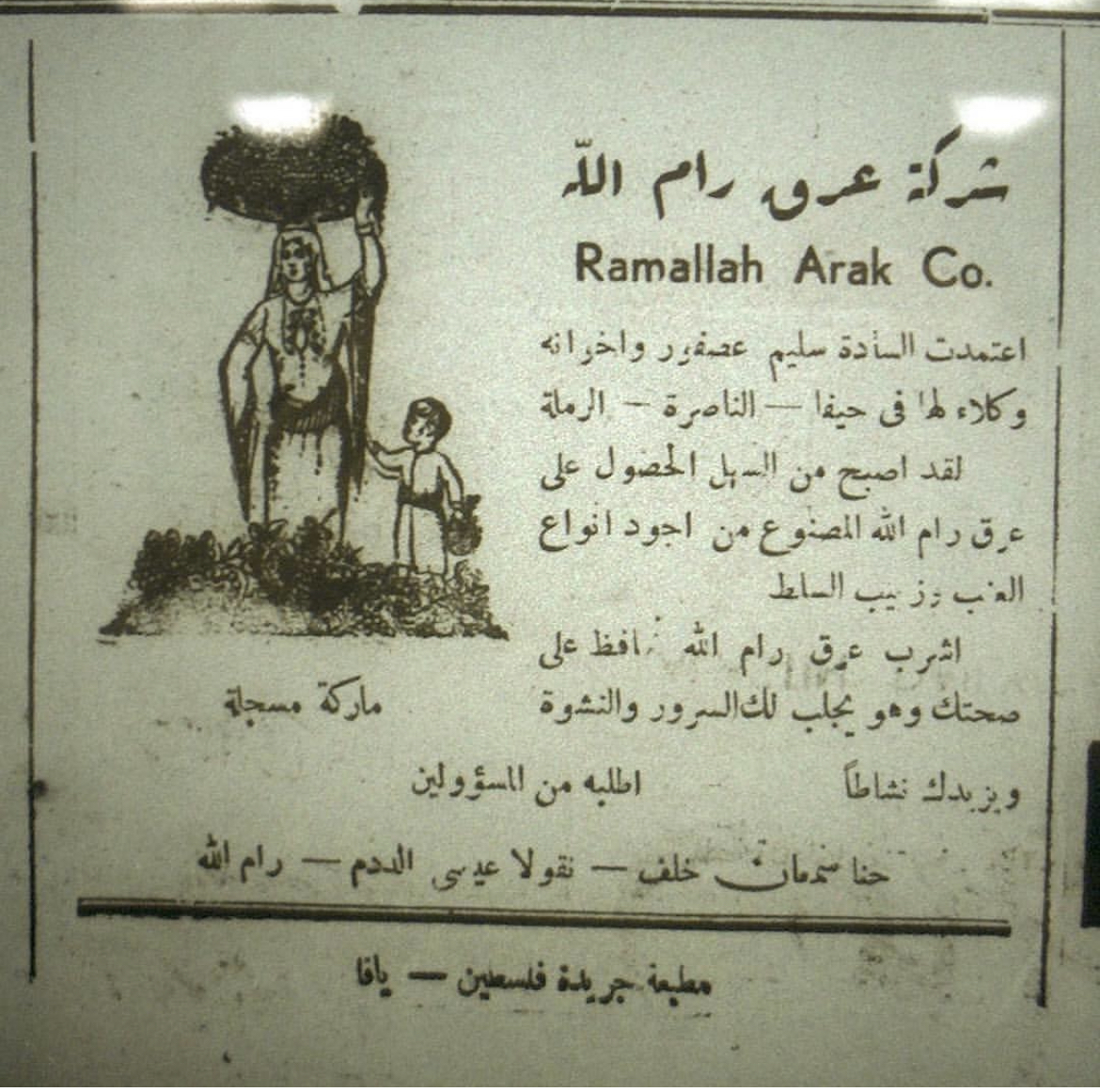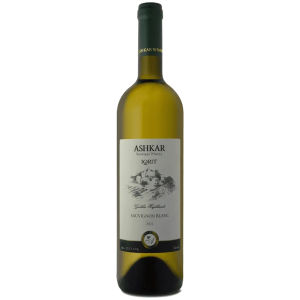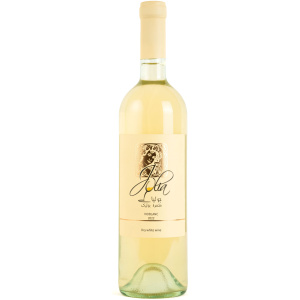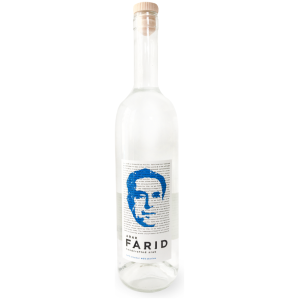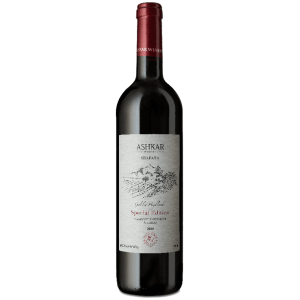Description
Middle East
Ingredients
Neutral spirits and aniseed flavoring
Alcohol
50%
Serving Suggestion
Mixed with water/juices, cocktails
Distillery
Ramallah
Traditional:
• 2 ounces Arak
• Water
• Ice
Pour Arak into Arak glass.
Add water slowly until it turns white.
Add ice cubes.
Tasting Notes
Palate-cleansing, cool, refreshing and smooth; tasting of licorice with a hint of peppermint.
Food Pairings
Arak can either be served as an aperitif. before food, or with Meze. The meze however simple, usually contains salty and fatty foods. It’s generally not served with a meal, unless the meal is indeed meze.
Additional Info
- The word arak comes from Arabic ′araq ﻋﺮﻕ, meaning “to perspire.”
- Arak is nicknamed “the milk of lions,” and is popular throughout the Mediterranean.
- Arak is best served ice cold with a 1/3 to 2/3 Arak/water mix and prepared by pouring first the Arak, then the water, followed by the ice and always in a fresh glass.
- Arak is typically made from grapes, though dates, sugar, plums, figs, and molasses can be used depending on the region where it is made.
- Distillers widely promote the holistic properties of Arak, claiming the aniseed aids in digestion and relaxation.

